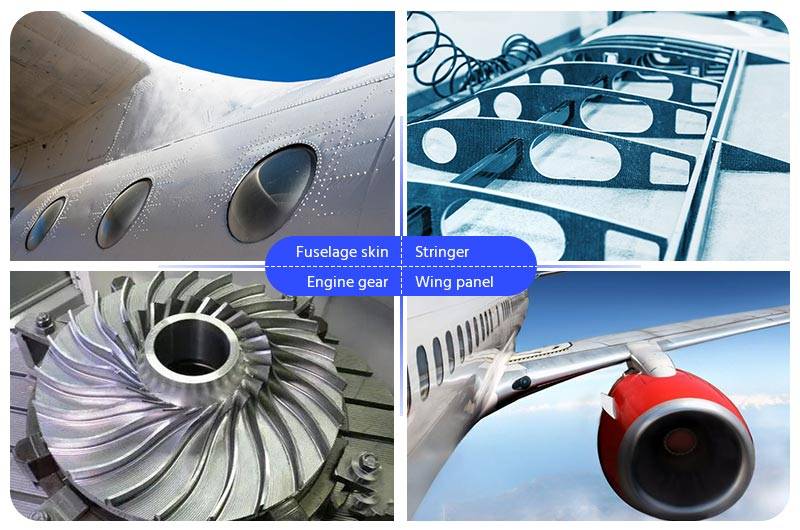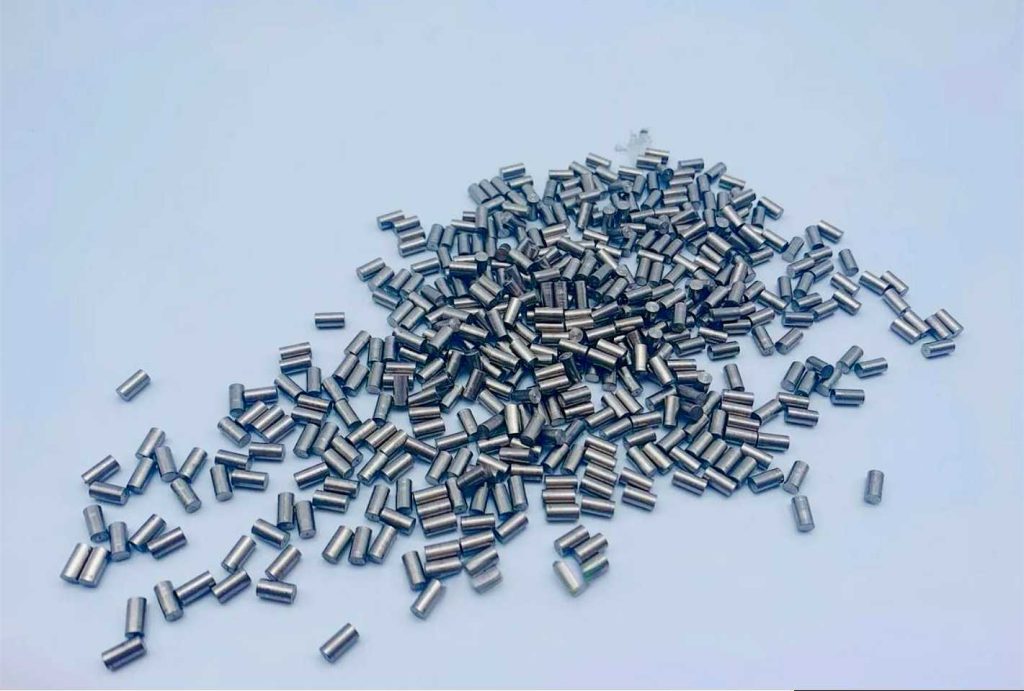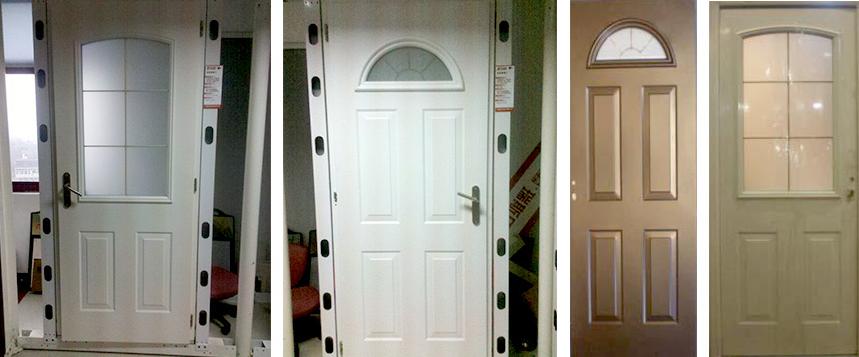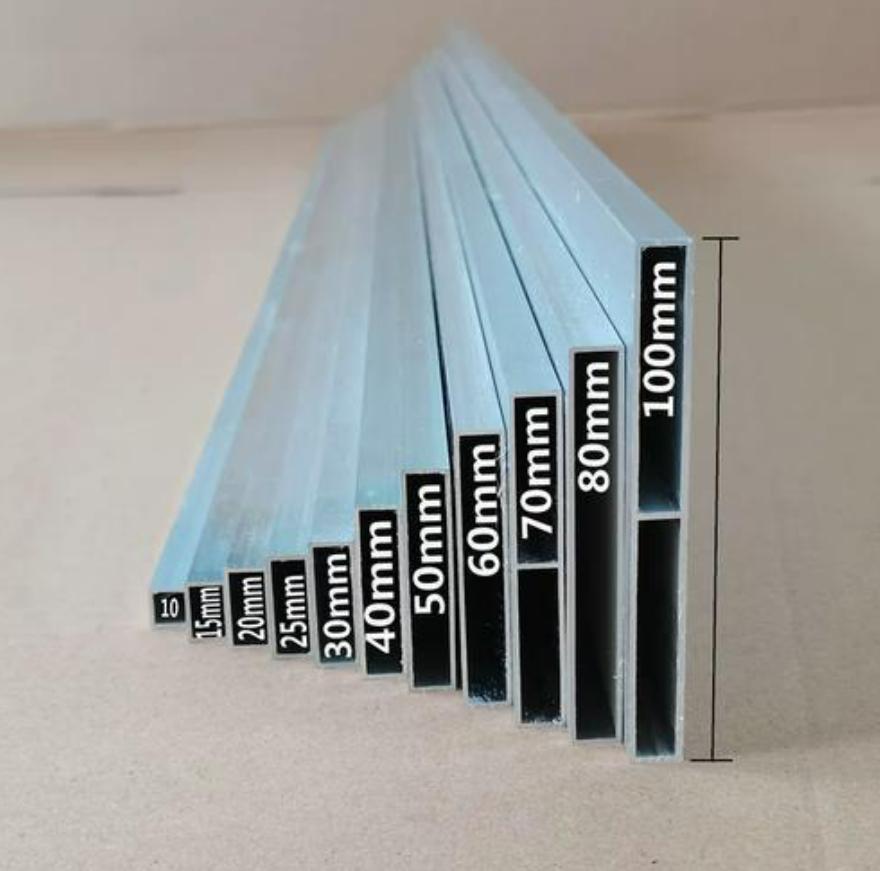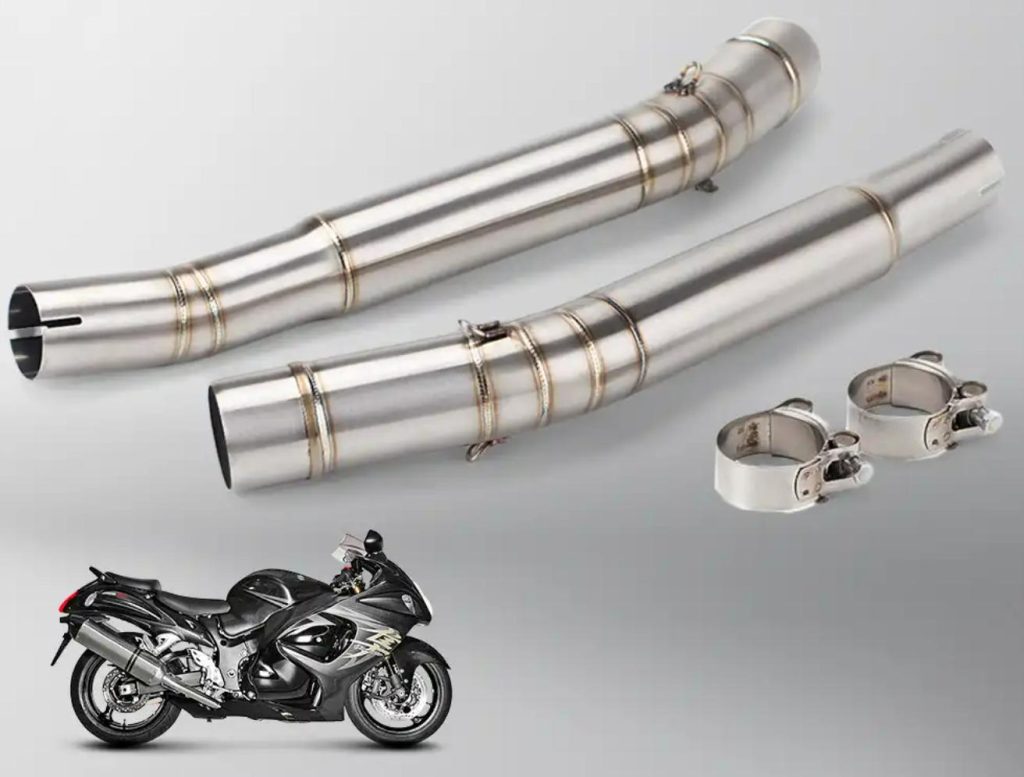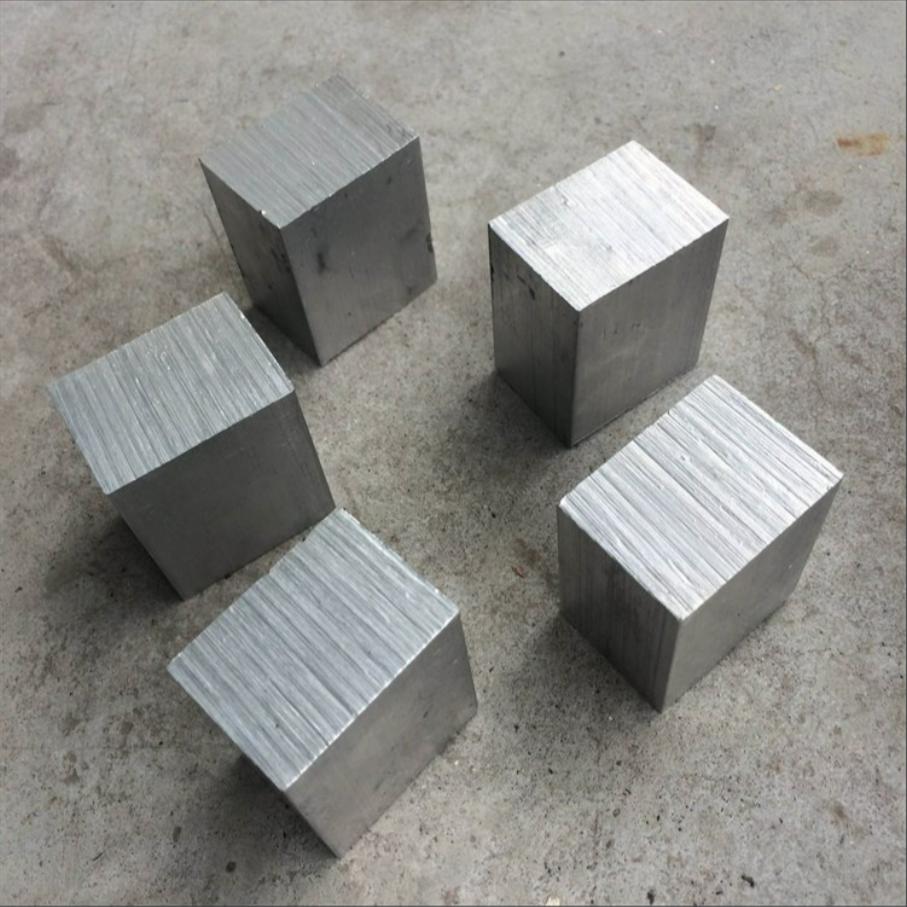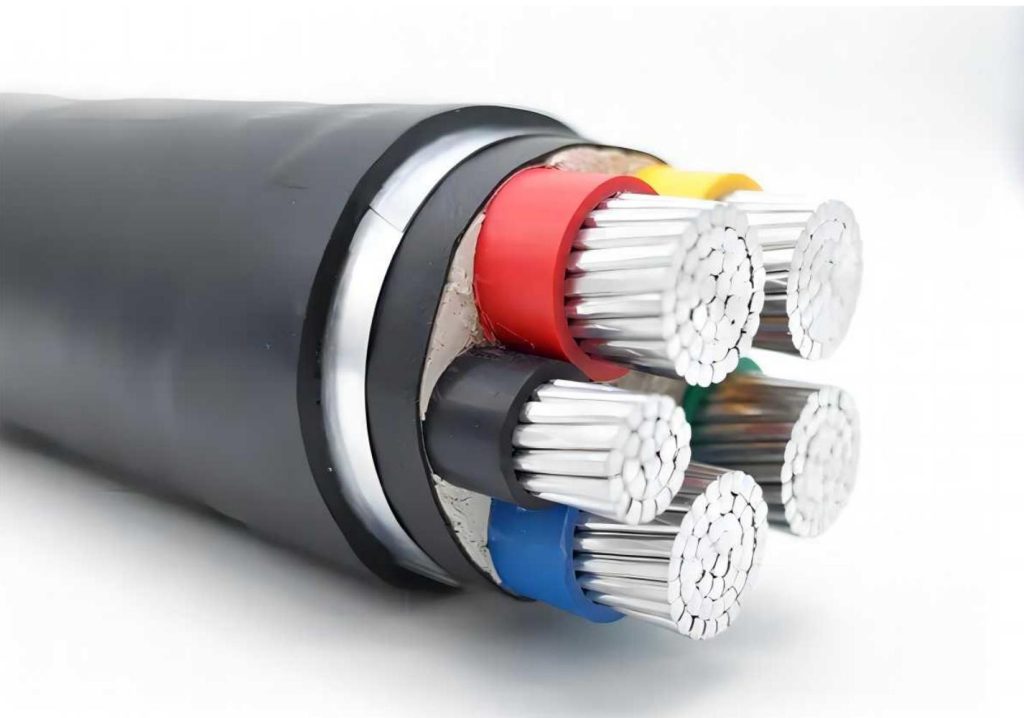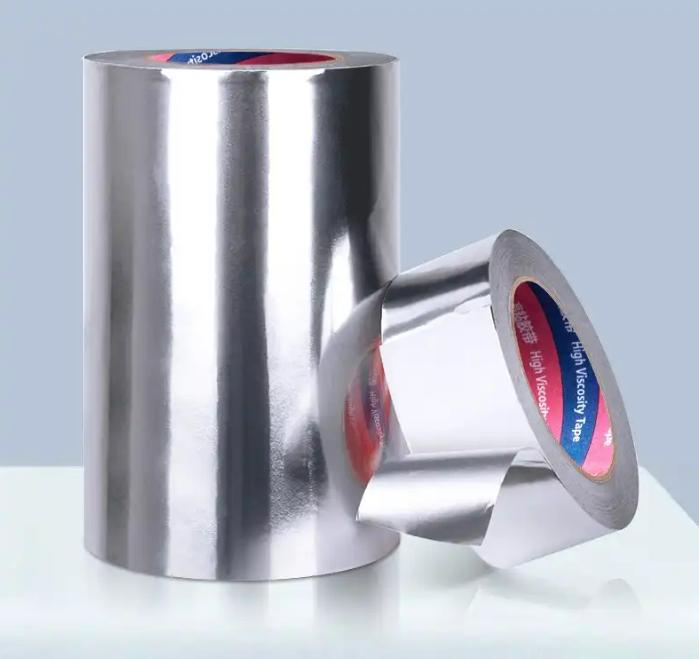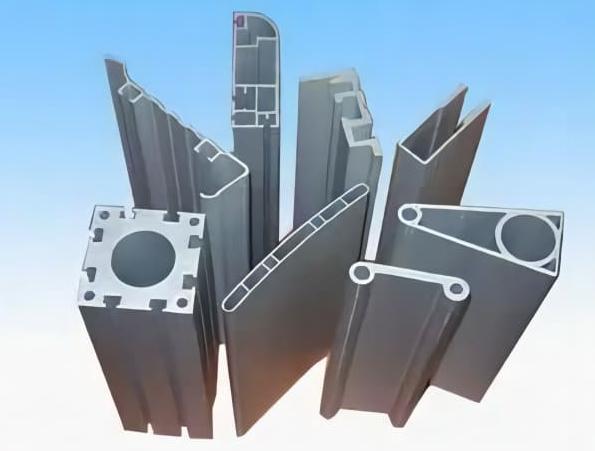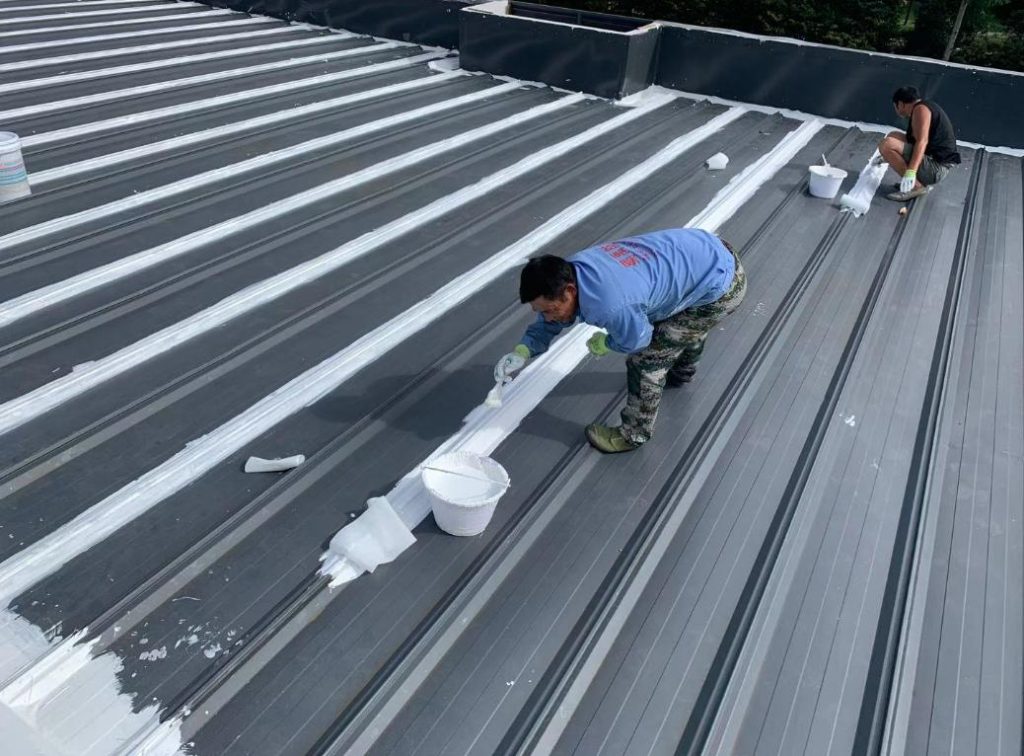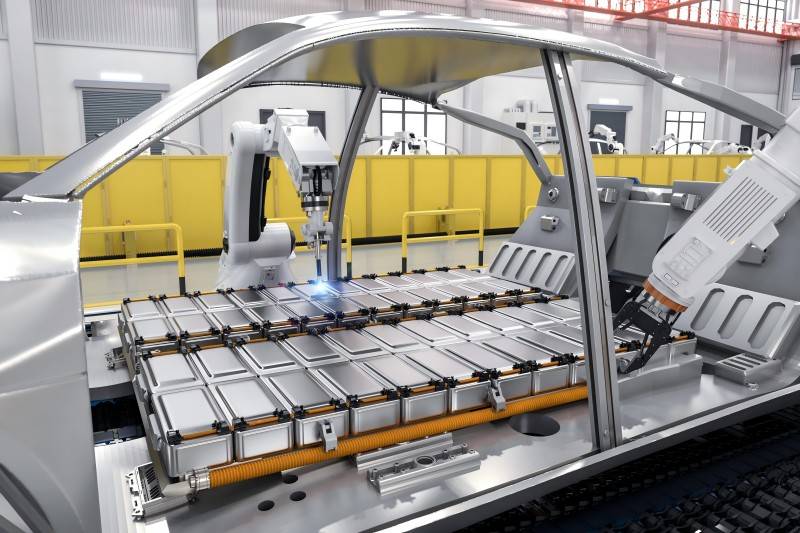Aluminum Sheet Metal for Enclosed Trailers: Key Buying Tips
Choosing the correct aluminum sheet metal for the enclosed trailer roofs and walls is important because you should consider all the factors when buying aluminum sheets for trailer building, since…
Industry-Specific Aluminum Properties: What Matters Most in Your Field
Aluminum is one of the most versatile materials in modern industry, valued for its combination of light weight, corrosion resistance, and excellent workability. From aerospace components to consumer electronics and…
Choosing the Right Raw Materials for Aluminum Evaporation
Aluminum evaporation means more than just adding aluminum onto a surface; it has become an integral part of materials engineering and thin-film focusing. Whether for depositing an ultra-thin layer of…
How to Select the Right Aluminium Door Sheet for Moisture-Prone Areas
In modern interior construction—particularly in bathrooms, kitchens, laundry rooms, and utility spaces—moisture control remains a top priority. Prolonged exposure to humidity often leads to swelling, rust, rot, or microbial growth…
Standard and Custom Aluminum Box Profiles: Common Sizes and How to Choose
Aluminum box profiles are an essential element of many structural, architectural and industrial applications. Their hollow rectangular or square cross section provides strong yet lightweight corrosion-resistant support frameworks and enclosures. As…
Aluminum vs. Steel: Which is the Better Exhaust Pipe Material?
Your motorcycle or car’s exhaust system does more than provide a route for exhaust gases to escape; it also impacts the vehicle’s performance, the sound it produces, and the vehicle’s…
What to Look for in Aluminum Blocks for CNC?
The overall effectiveness of CNC machining ultimately relies on more than programmable tool paths or veteran machinists—it turns on the integrity of the raw stock itself. For anyone responsible for…
Plastic, PVC, and Copper: Which Coated Aluminium Wire Types Suit Your Needs?
Due to the application of coatings, aluminum wires acquire new advantages and slowly become bare aluminum wires. Coating of plastic, PVC, and copper makes the wires easier to use in…
3 Key Parameters to Choose Waterproof Aluminum Foil Tape for Industrial Use
The Waterproof aluminum foil tape is a very important item in many industries because of its reliable function in sealing, insulation and repair. The industrial sectors have a variety of tape applications,…
Choosing the Right Aluminum Extrusion Shape for Your Engineering Needs
Aluminum extrusions play a vital role in modern engineering, providing versatile solutions for diverse industries like construction, transportation, and electronics. The variety of available profiles, from standard designs to custom configurations,…
How Aluminum Roof Coatings Reduce Cooling Costs
Aluminum roofs are highly valued for their durability, lightweight structure, and corrosion resistance. However, as summer temperatures rise, so often do our energy bills. Homeowners and building managers constantly seek effective…
What is Battery Aluminum Foil? Types and Applications
In the ever-evolving field of energy storage, the materials used in battery construction play a crucial role in determining performance, longevity, and safety. Among these materials, aluminum foil for battery applications…


